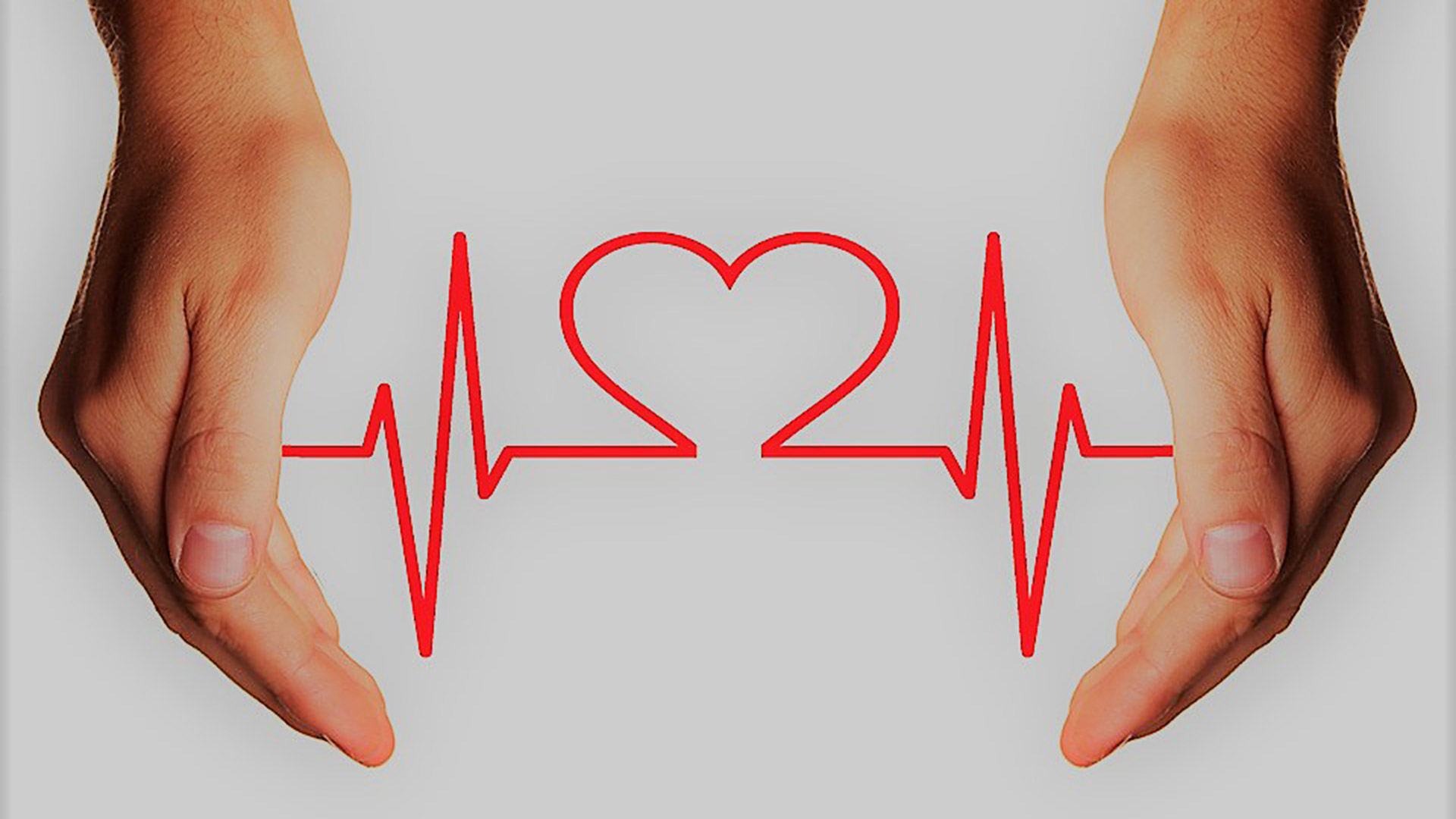
The heterogeneity of clinical manifestations requires a multidisciplinary approach to manage the various symptoms.
The complexity of different diseases combined by the same genetic alteration and heterogeneity of clinical manifestations, at the most difficult moment, makes it to provide therapeutical recommendations equal for all the patients but provides a multidisciplinary approach to manage different symptoms.
Subjects with AT may have an increased susceptibility to infections, partly due to immune defect, but also to problems of 'mechanical' type (pneumonia ab ingestis because of lack of coordination during the swallowing; decrease of chest expansion and difficulty at mobilization because of neurological problems).
It is recommended a prompt and aggressive antibiotic therapy to control the acute episodes; in case of recidivisms, it may be considered the implementation of an antibiotic prophylaxis, the duration of which will be assessed, case-by-case, by the attending physician. The replacement therapy with immunoglobulin must be performed on clinical symptomatic patients, particularly with a high frequency of respiratory tract infections.
For patients with AT who have a modest immunological defect there are no contraindications for administration of vaccines included in the vaccination schedule in Italy.
The administration of attenuated live vaccines may be performed when the proliferative response to mitogens is normal, while the administration with vaccines consisting of purified proteins and polysaccharides (tetanus, diphtheria, pertussis, hepatitis, Haemophilus influenzae, flu, anti-flu, antipneumococcus) are recommended to all the subjects.
AT is a neurodegenerative disease with slow progression that within a few years causes loss of important neuromotor functions. The reduction of motor autonomy and, finally, the loss of autonomous walking indicates an acceleration of disease progression, both as regards the remaining neurological capacities and the general conditions of the patient. As for all degenerative diseases, in the absence of a decisive treatment, the goal of the rehabilitative and pharmacological therapy is to delay to the maximum the loss of the basic neuromotor capacities and, where possible, to create conditions so that the patient can recover the functionality or find compensations to improve their adaptation and autonomy.
For a child with AT it is necessary to evaluate prematurely a dedicated rehabilitative path that will capture and resist to critical moments during the disease evolution. Some critical phases mark the disease evolution and constitute moments around which must be built a specific rehabilitative and physiotherapy intervention, depending on the age of life and disease stage. Finally, many patients with AT have neurological symptoms such as tremors and dyskinesias, that can receive benefit from a specific pharmacological treatment. In cases with respiratory problems it is important to evaluate an individualized program of respiratory physiokinesitherapy.
At patients with AT is found an increased risk (about 25%) of tumours, particularly lymphomas and leukemias. During the treatment, where it was possible to avoid the radiotherapies and chemotherapeutics toxic for subjects with AT, was observed hypersensibility of the cells because of lack of ATM protein.
In case of neoplasia, the patients must be treated with attenuated chemotherapeutic protocols. The diagnostic use of ionizing radiations (standard radiographies, computerized axial tomography, scintigraphy) should be limited to conditions of absolute necessity and, where possible, the radiodiagnosis should be replaced by ultrasonographic or magnetic resonance investigations. Leukemia and lymphomas can be treated with effective chemotherapy which can be used on subjects with AT. However, the radiosensibility of patients with AT contraindicates absolutely the therapy with ionizing radiation and radiomimetic drugs.
